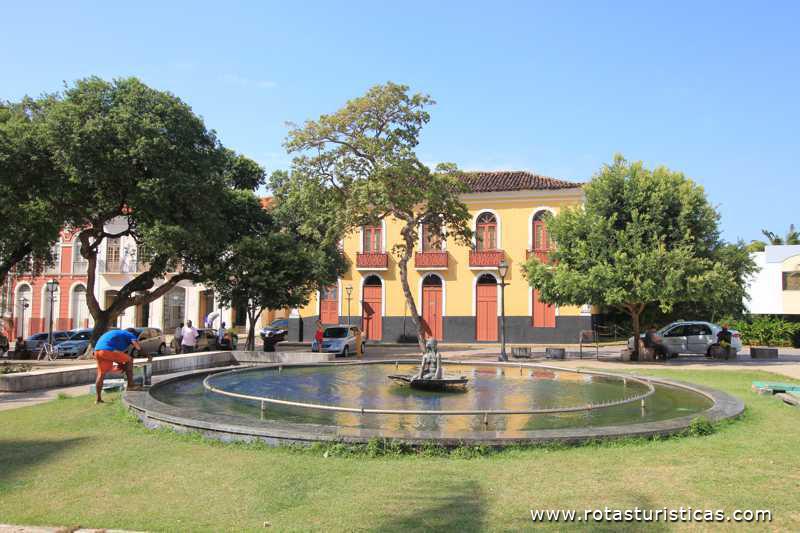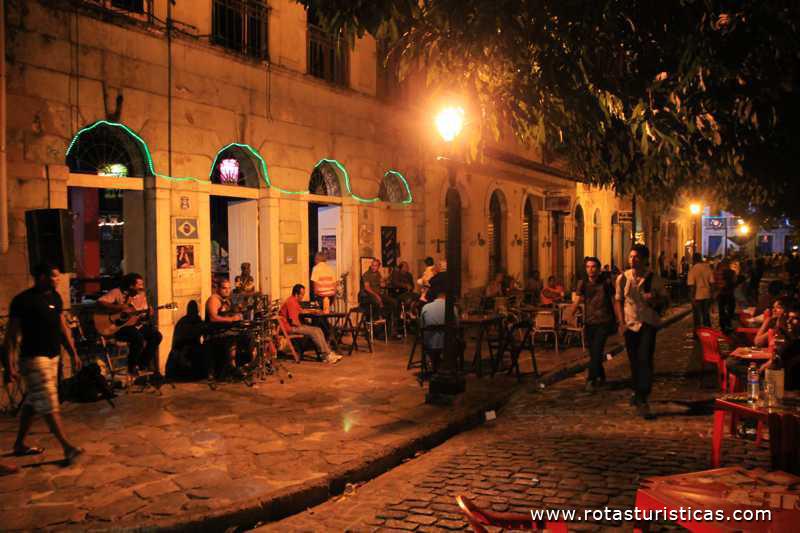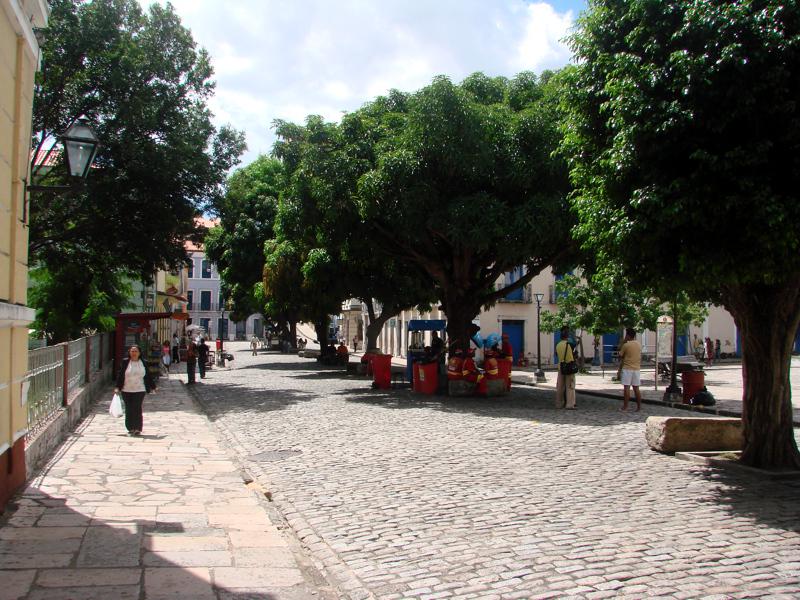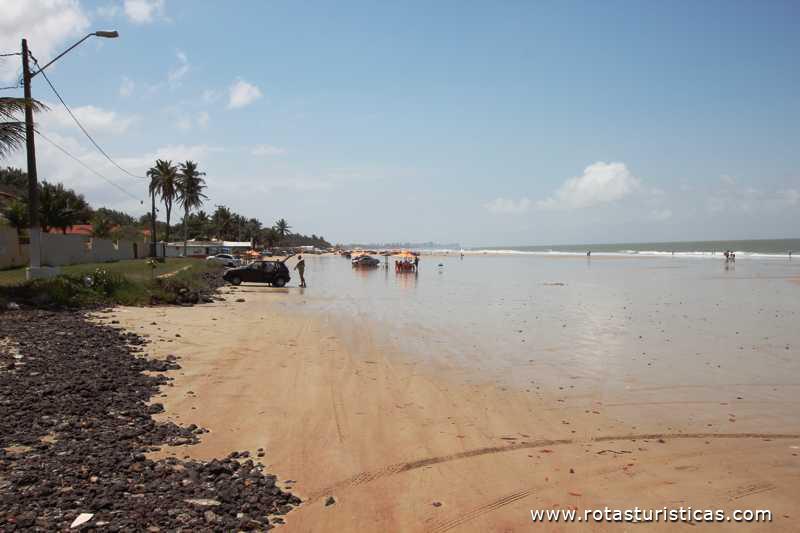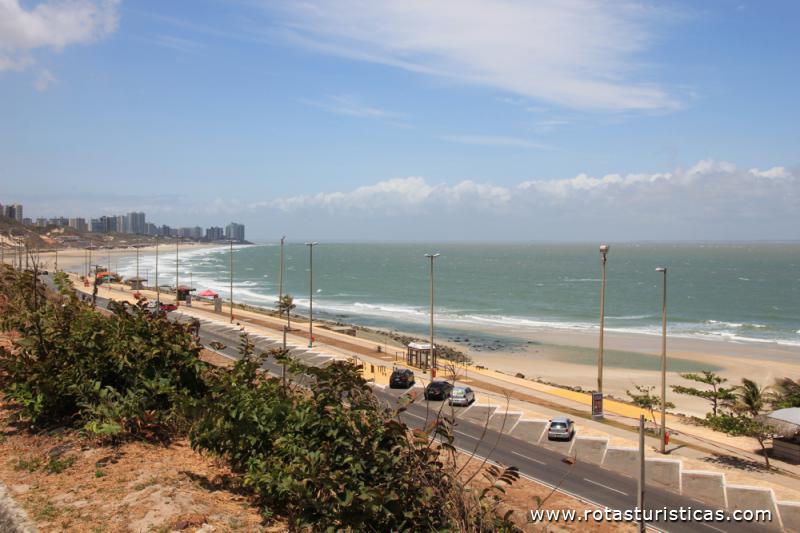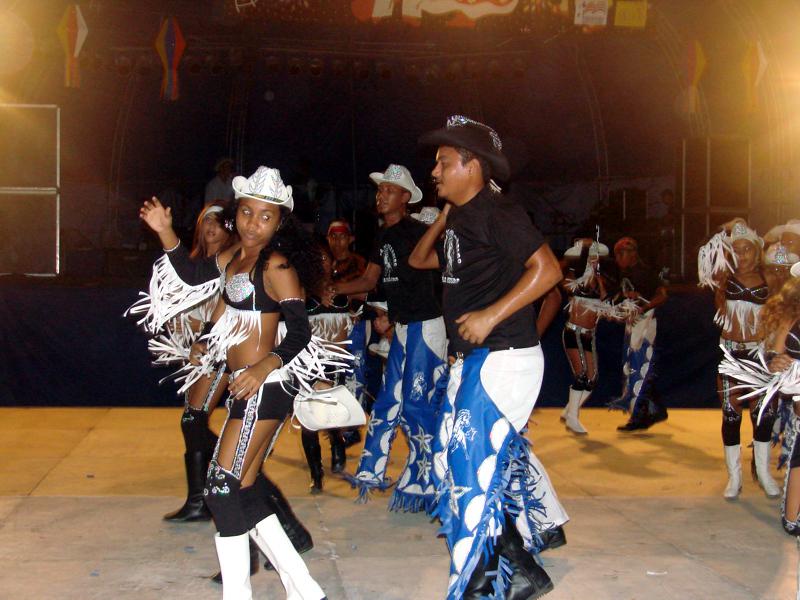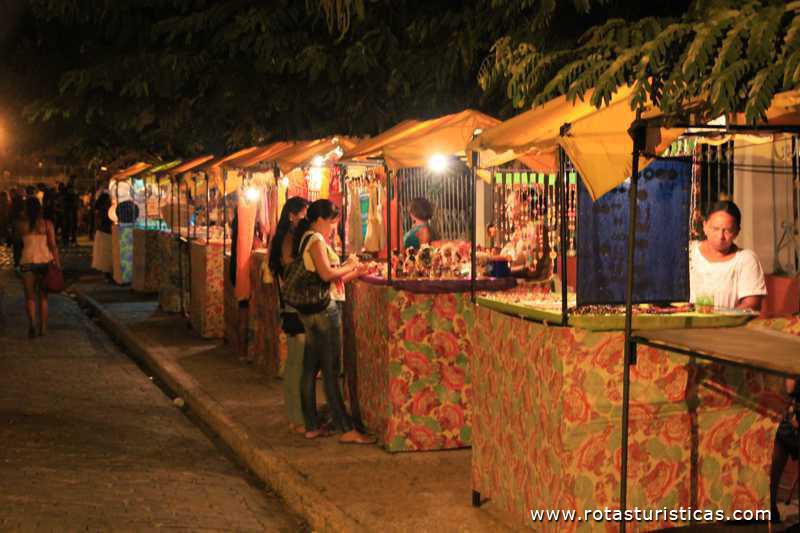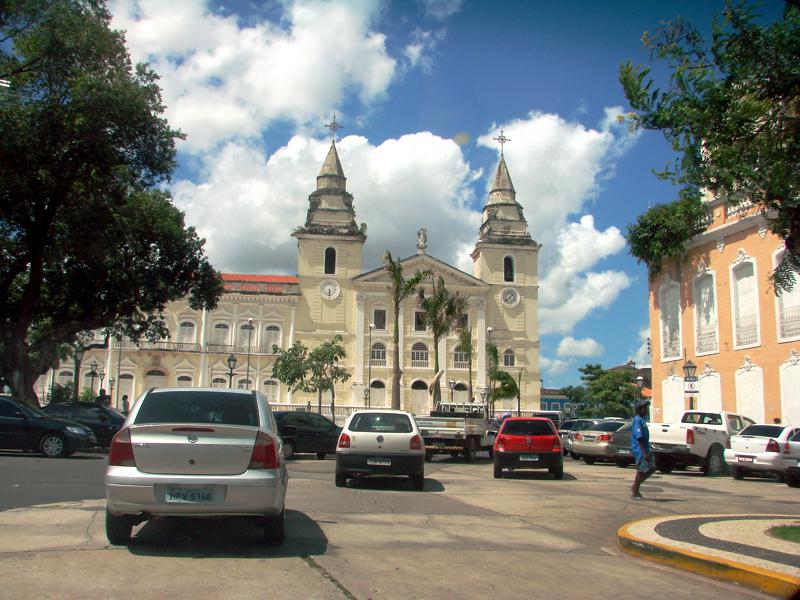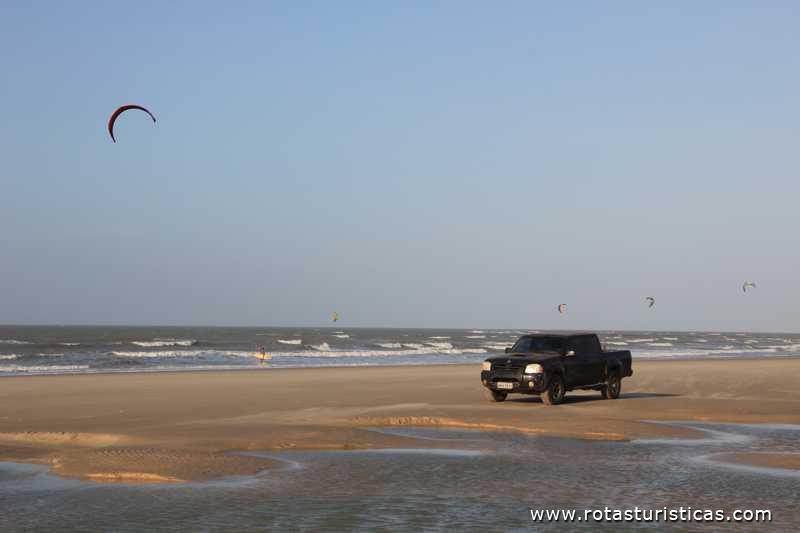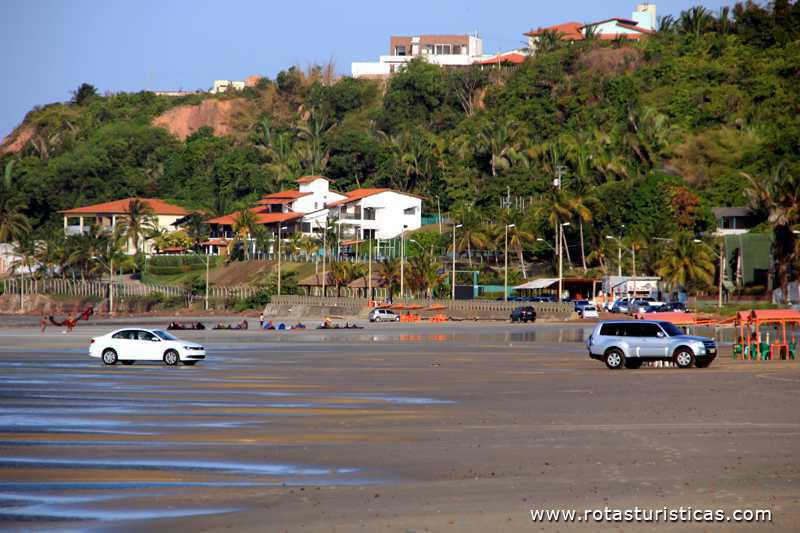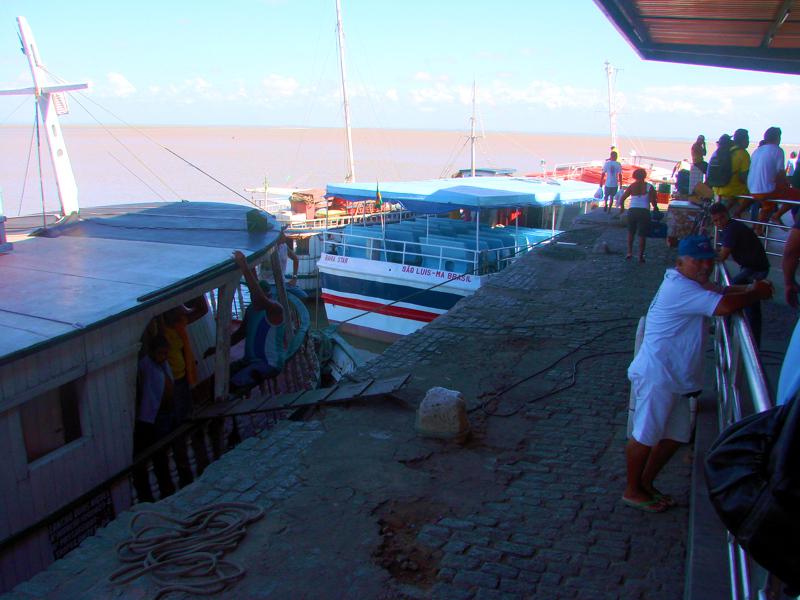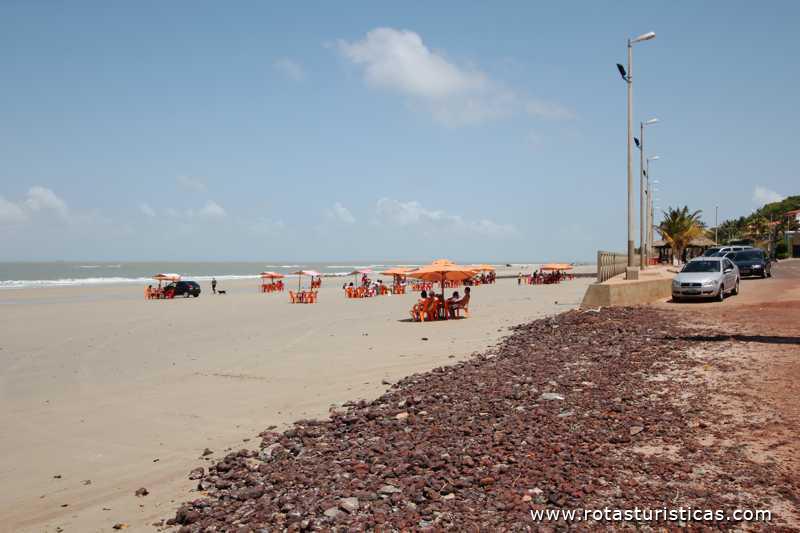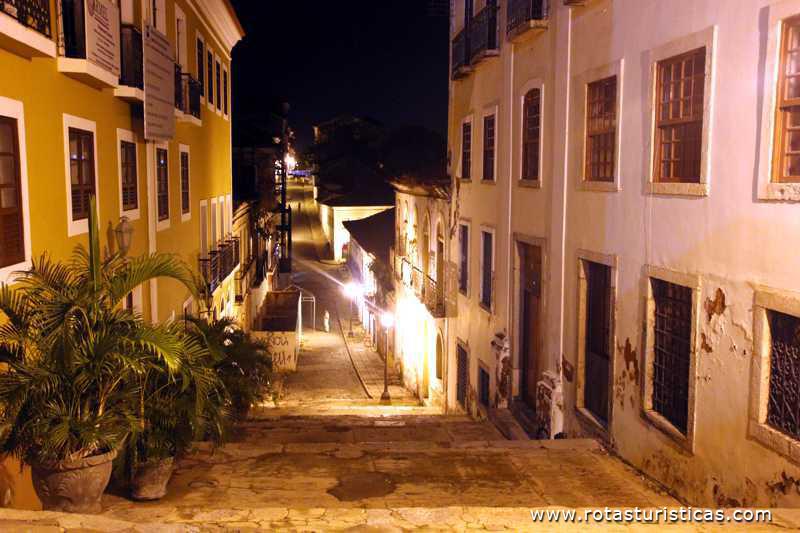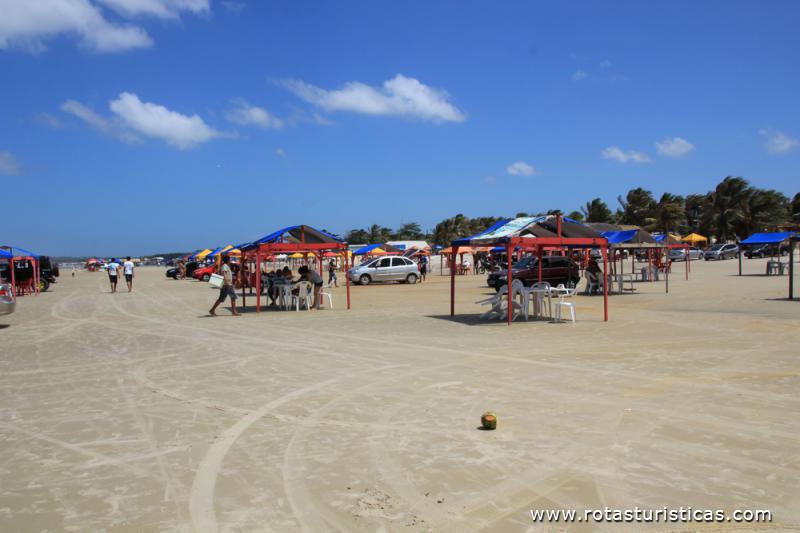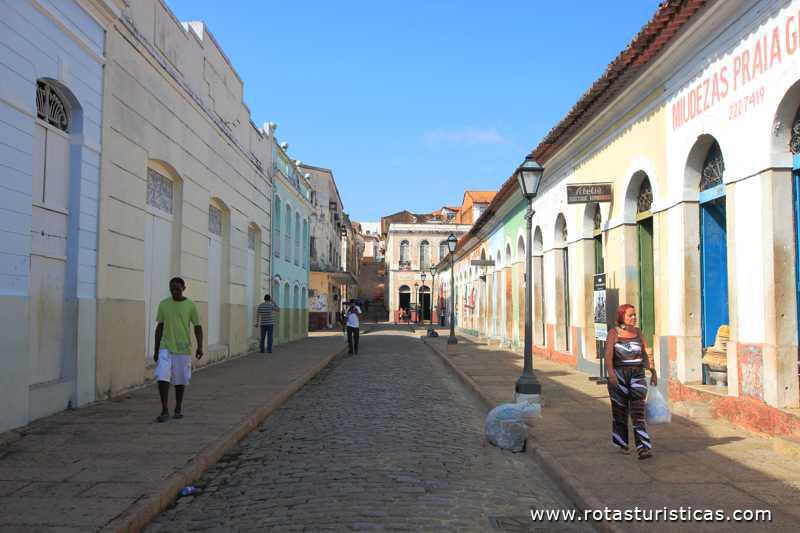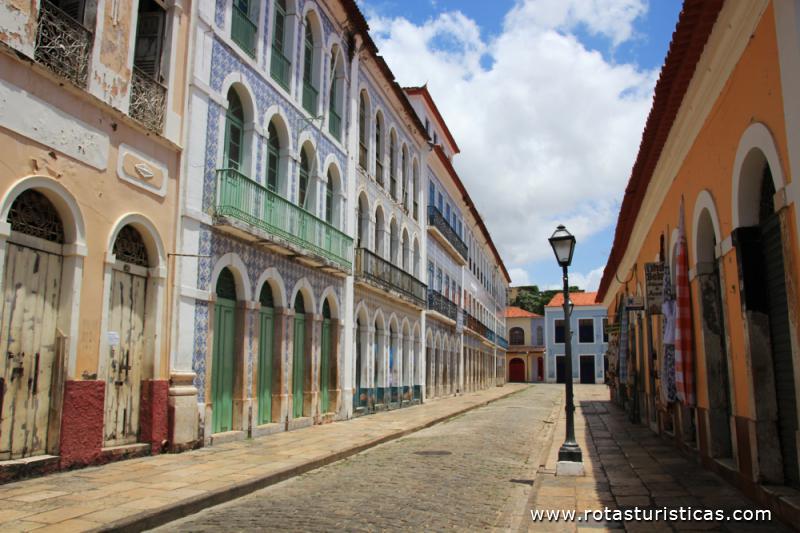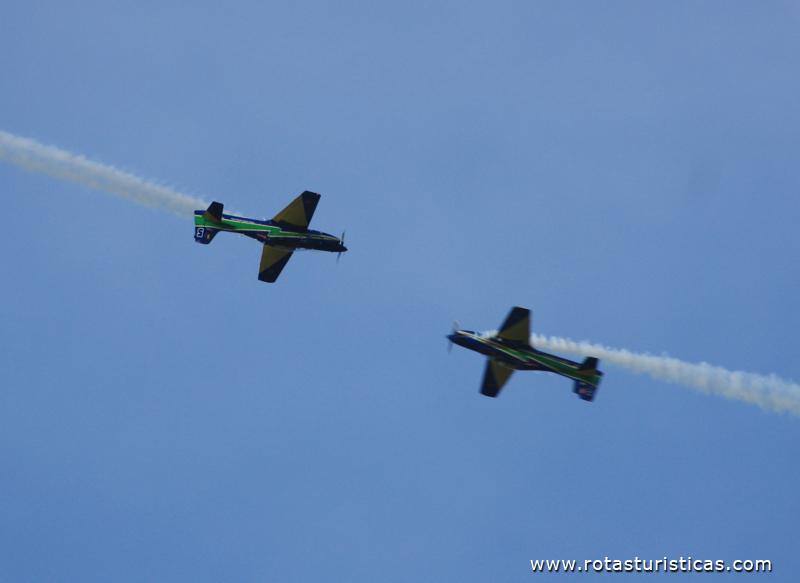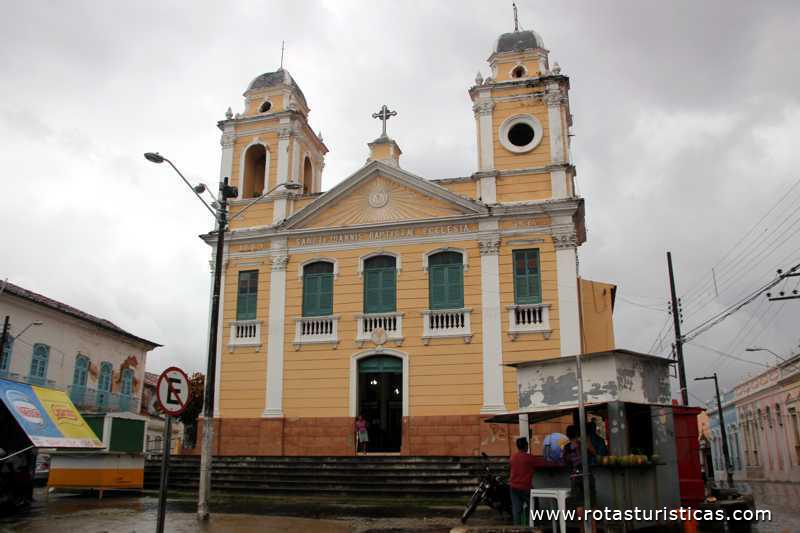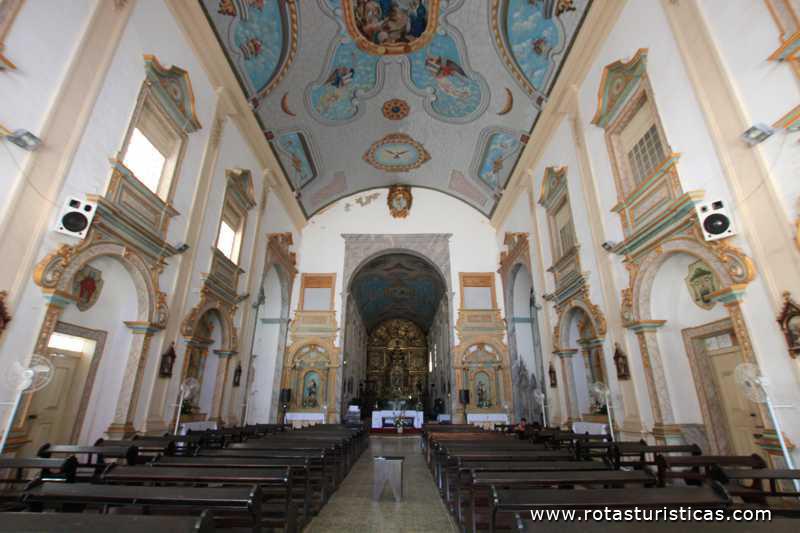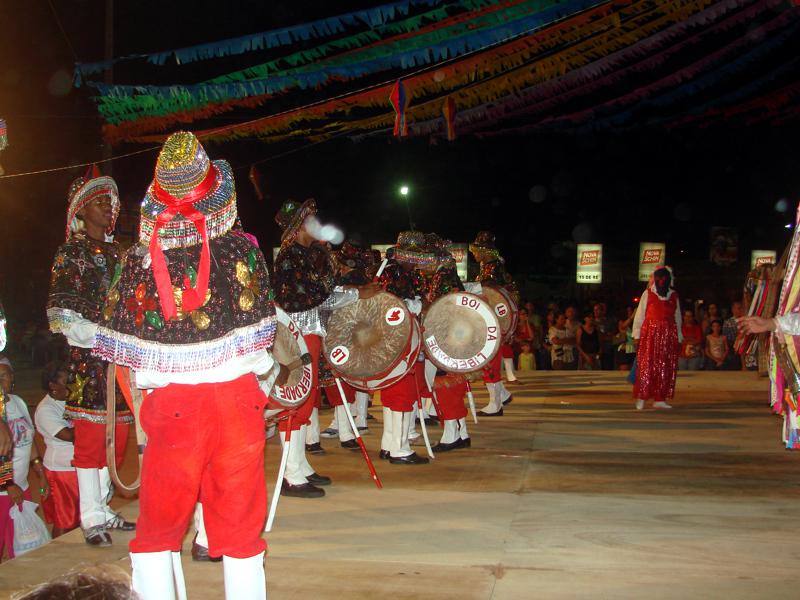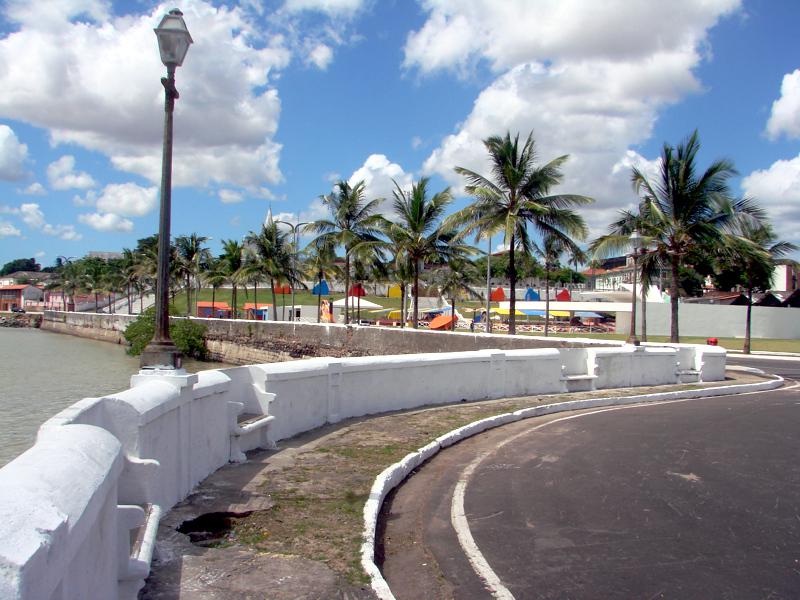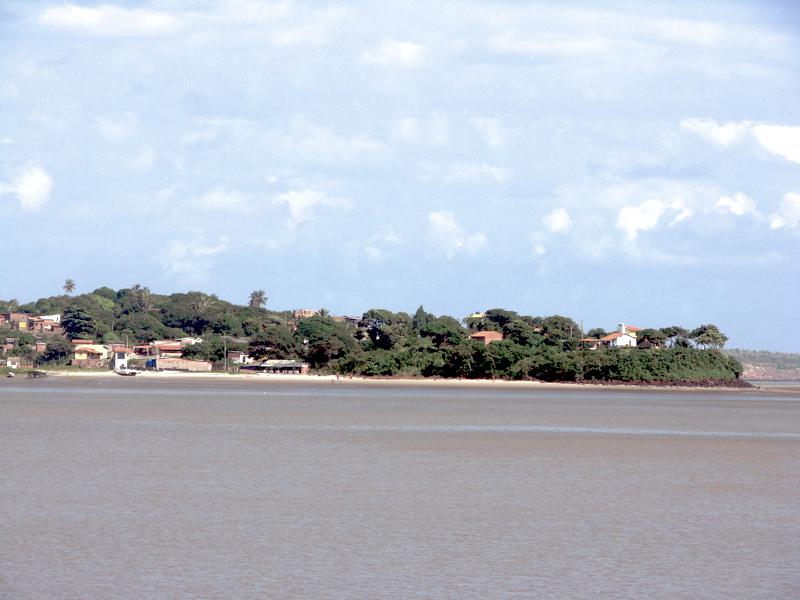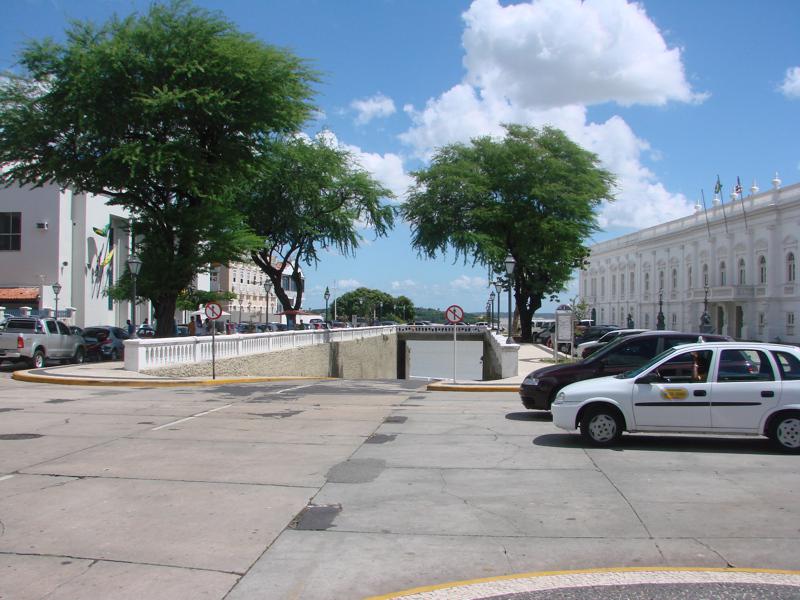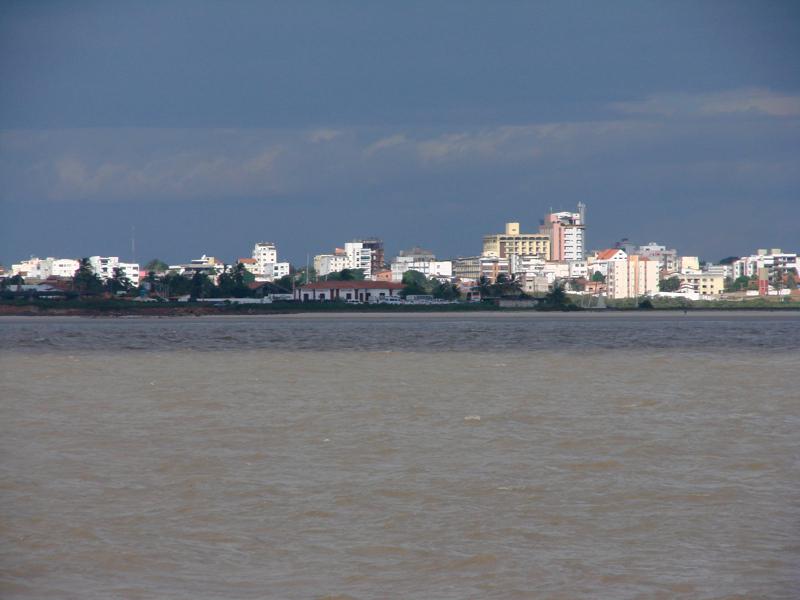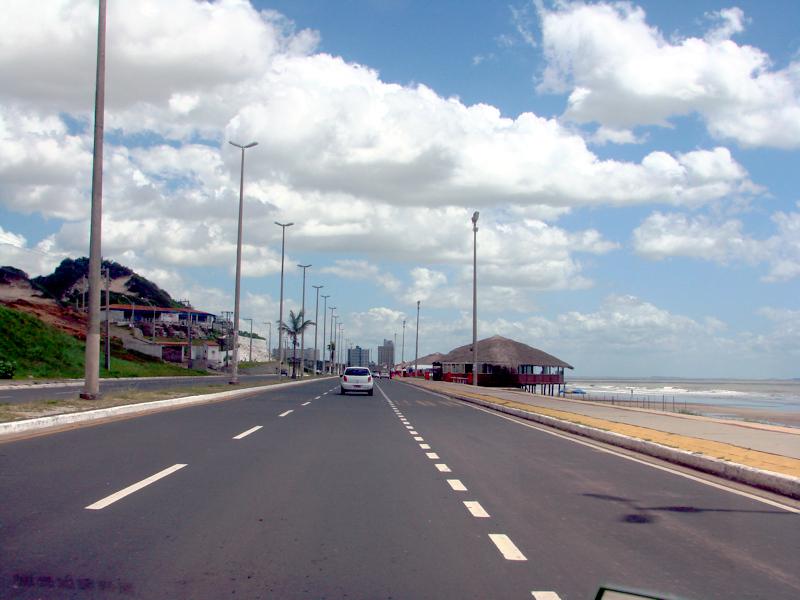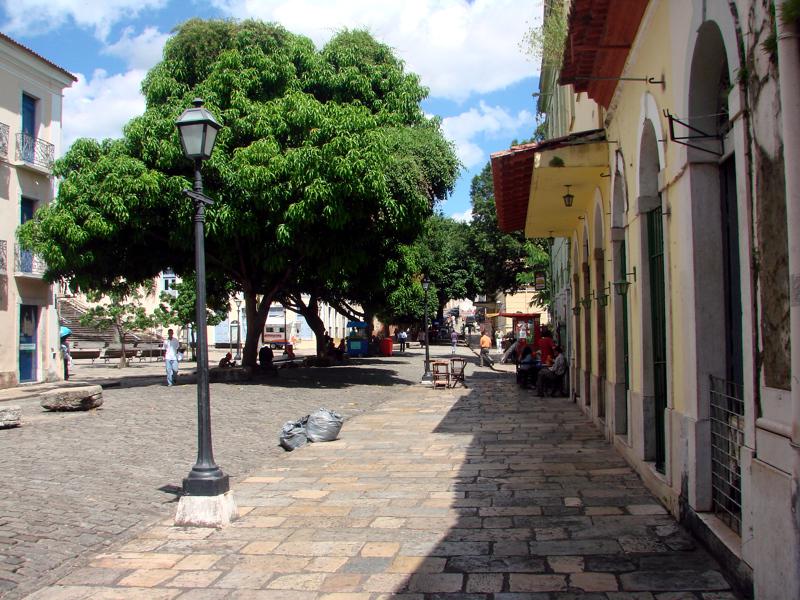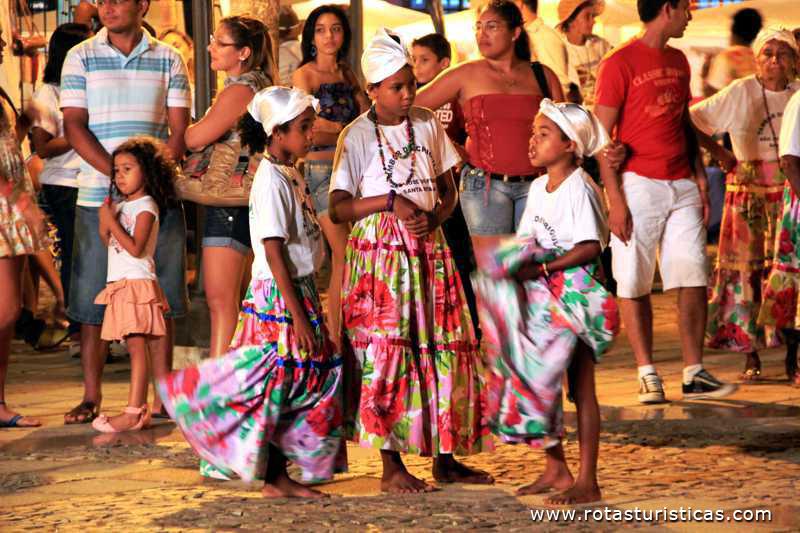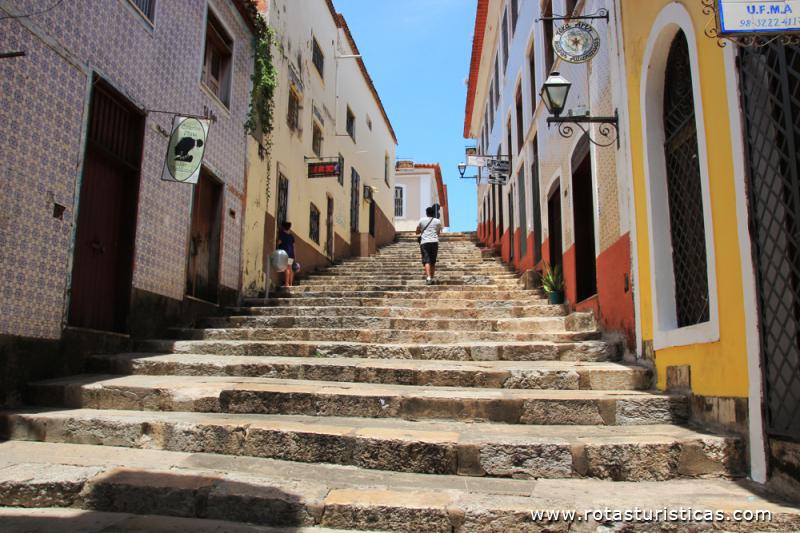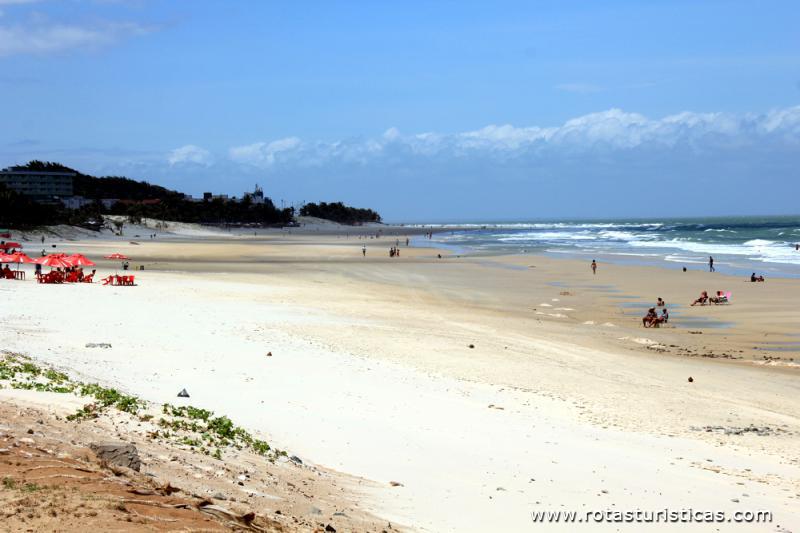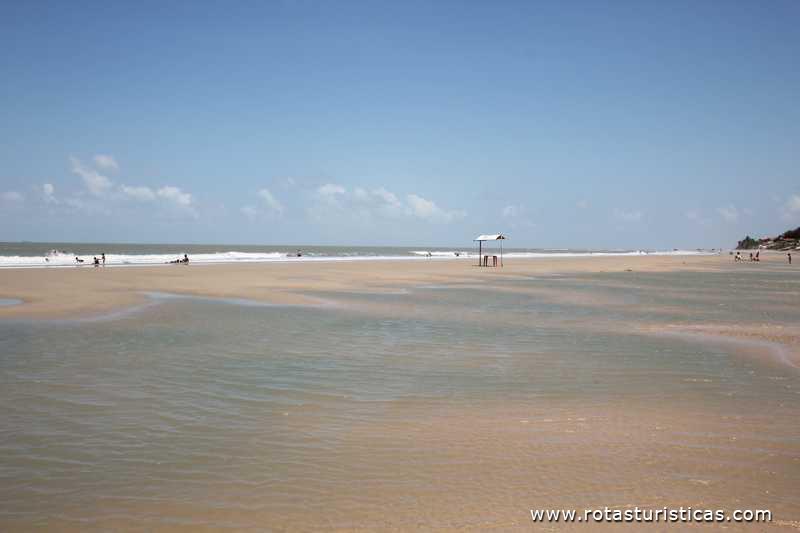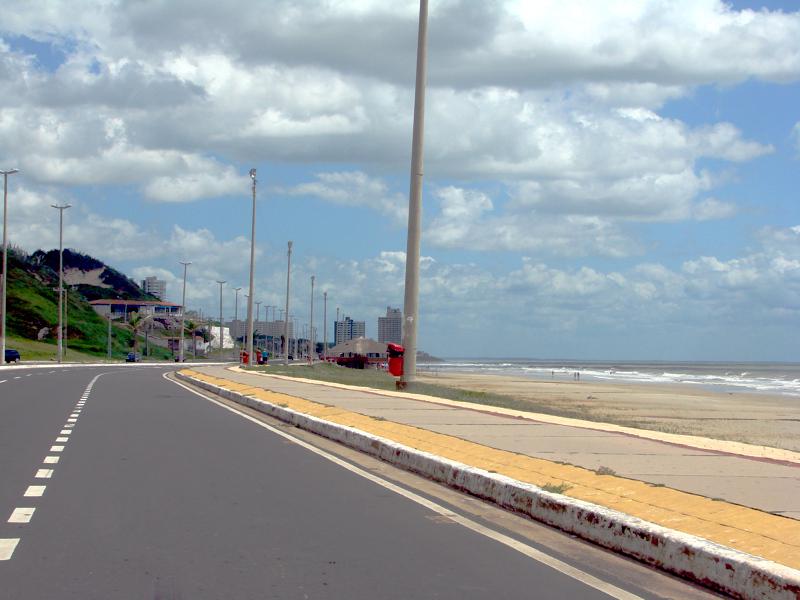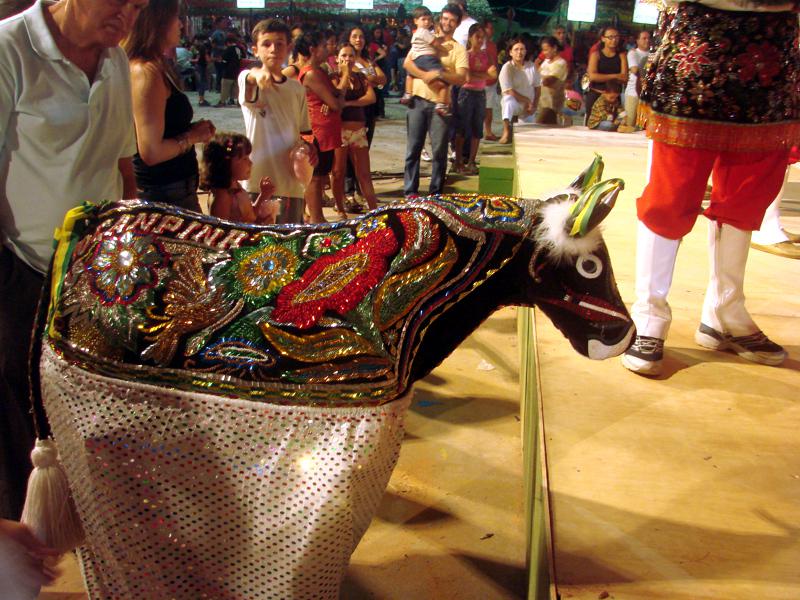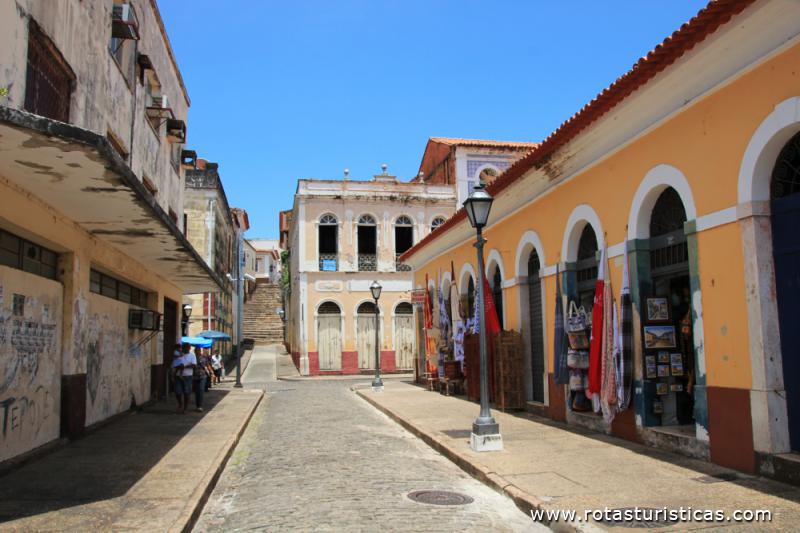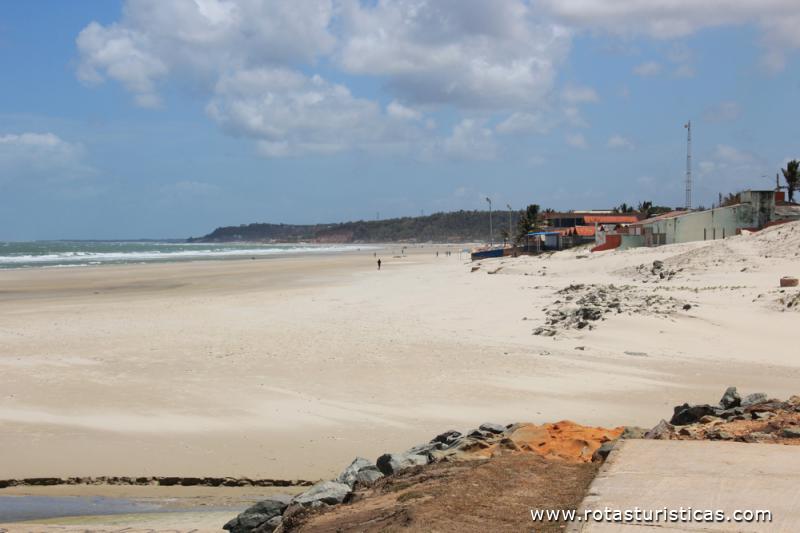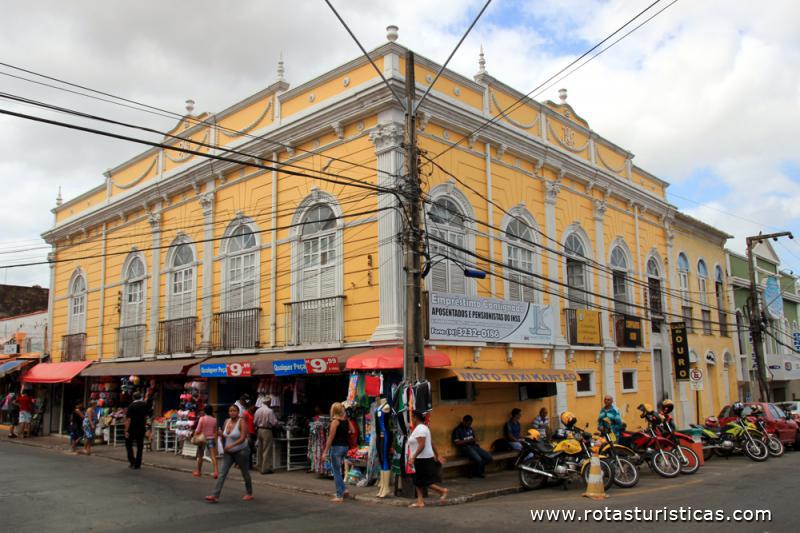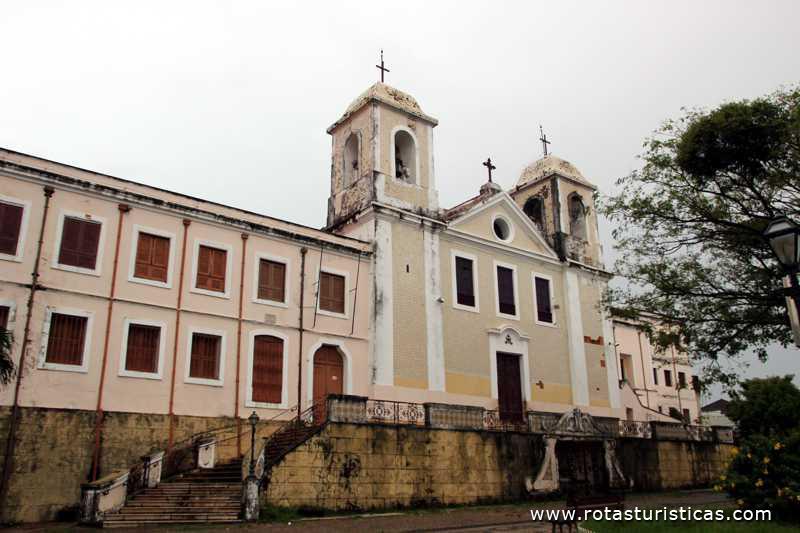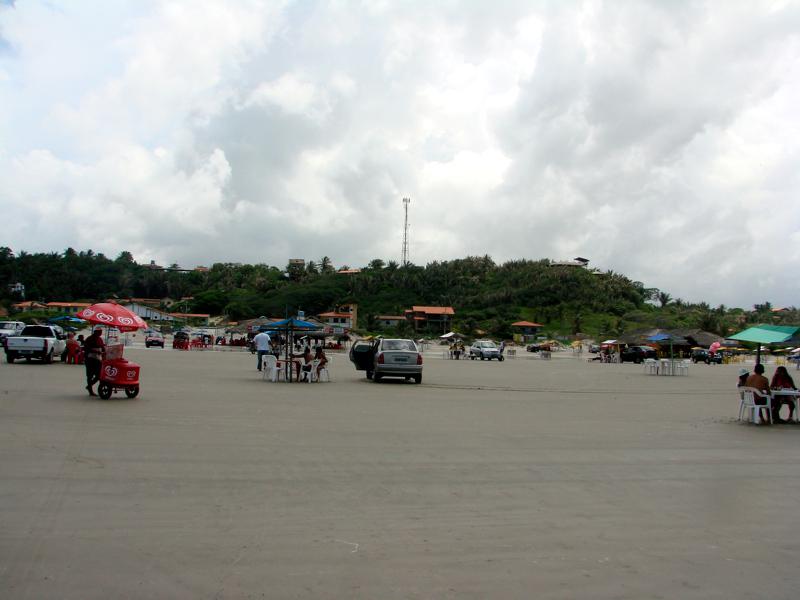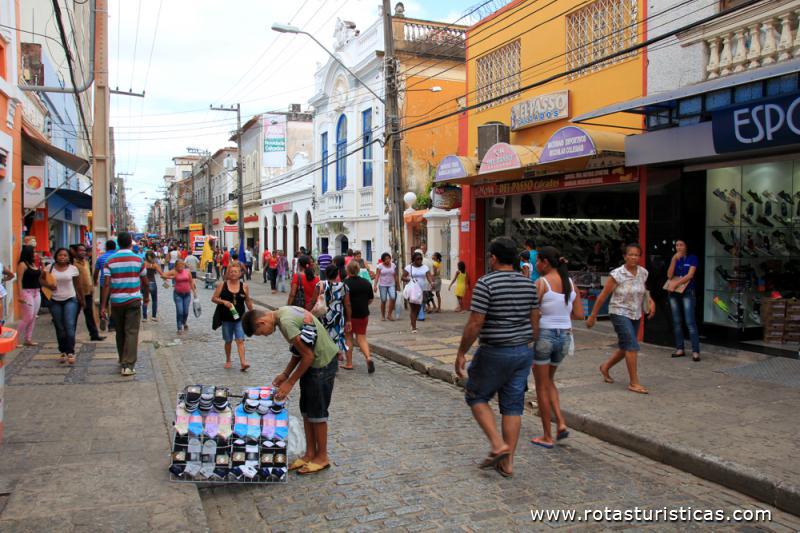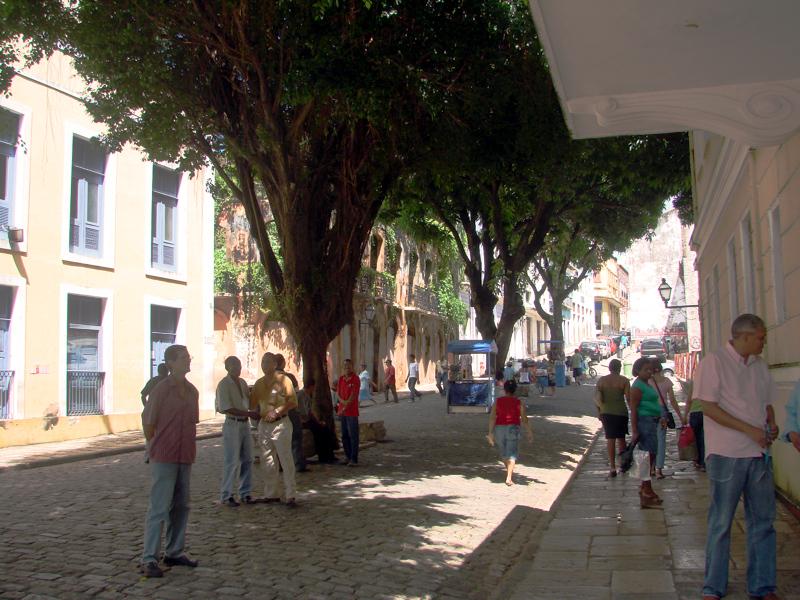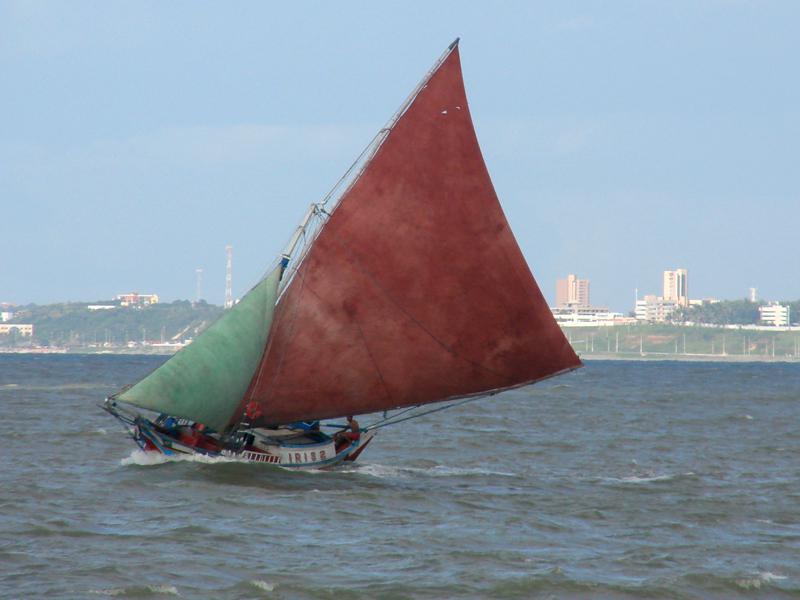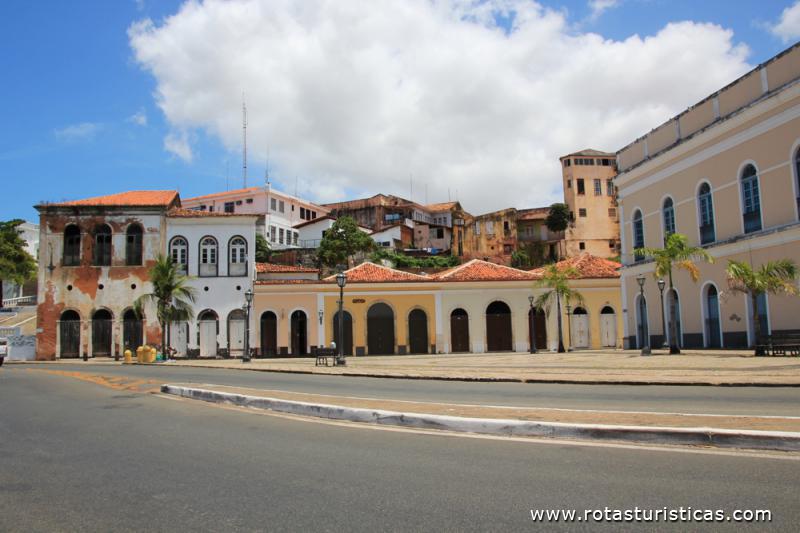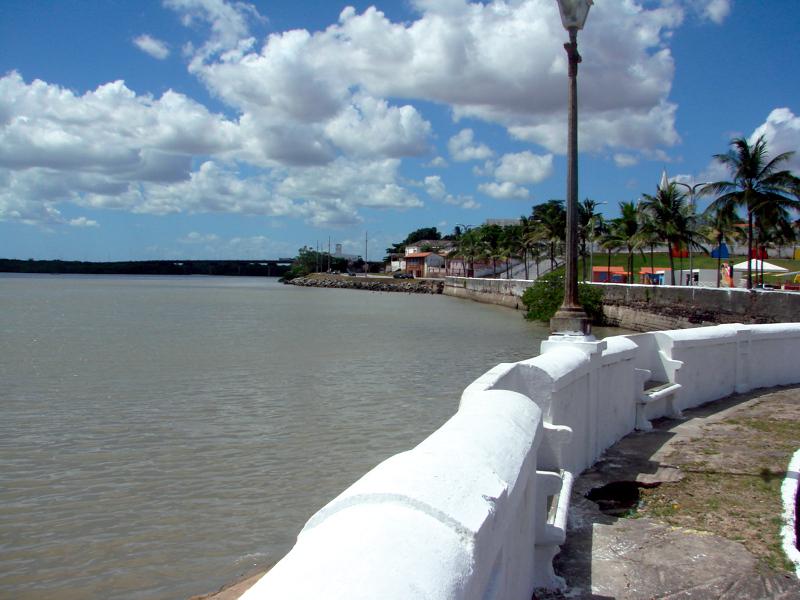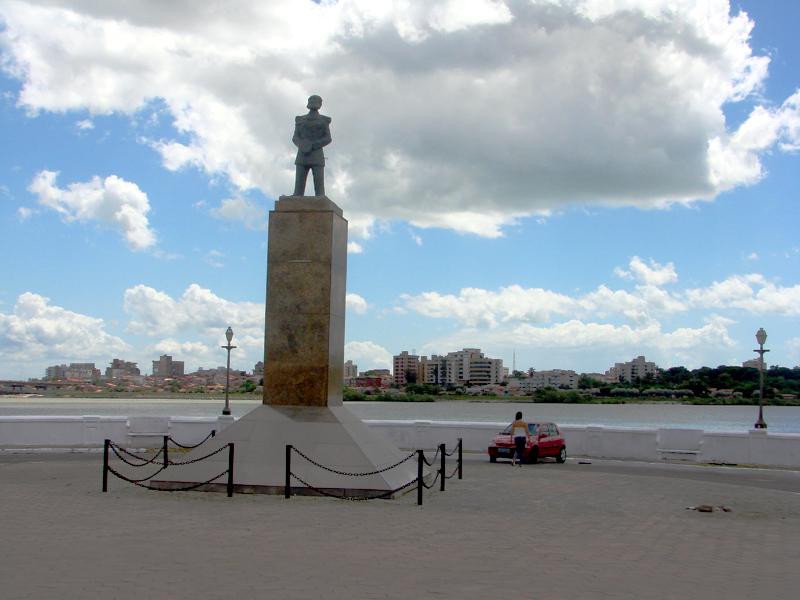Pictures of: São Luís do Maranhão
Location map
Airports
Hotels and other Accommodation
What to visit
Where to Eat
Where to have fun
Consulates & Embassies
World Nomads
The Travel Insurance with the largest coverage

The Travel Insurance with the largest coverage

São Luís
São Luís is the only Brazilian capital founded and ruled by French, until they were defeated by the Portuguese.
Founded in 1612, the city is named after the French king Louis XIII. Later, it was also occupied by the Dutch, until the Portuguese settlers took over.
Considered today as the city with the most Portuguese style in Brazil, due to its around 4,000 buildings, with Portuguese hand-painted side tiles, preserved since the colonial period.
São Luís is the capital and largest city of the Brazilian state of Maranhão. The city is located on São Luís Island in São Marcos Bay, an extension of the Atlantic Ocean, which forms the estuary of Pindaré, Mearim, Itapecuru and other rivers.
The city has two major seaports: Madeira and Porto de Itaqui Porto, through which a substantial part of Brazil's iron ore, originating in the Amazon region, is exported.
The city presents / displays great amount of coconut trees and much coastal vegetation. There are small areas of Amazon Forest that have resisted the process of urbanization of the city, all protected by environmental parks. Small rivers are born in the city: among them, the Bacanga River is the most important because it is very useful for fishing.
Founded in 1612, the city is named after the French king Louis XIII. Later, it was also occupied by the Dutch, until the Portuguese settlers took over.
Considered today as the city with the most Portuguese style in Brazil, due to its around 4,000 buildings, with Portuguese hand-painted side tiles, preserved since the colonial period.
São Luís is the capital and largest city of the Brazilian state of Maranhão. The city is located on São Luís Island in São Marcos Bay, an extension of the Atlantic Ocean, which forms the estuary of Pindaré, Mearim, Itapecuru and other rivers.
The city has two major seaports: Madeira and Porto de Itaqui Porto, through which a substantial part of Brazil's iron ore, originating in the Amazon region, is exported.
The city presents / displays great amount of coconut trees and much coastal vegetation. There are small areas of Amazon Forest that have resisted the process of urbanization of the city, all protected by environmental parks. Small rivers are born in the city: among them, the Bacanga River is the most important because it is very useful for fishing.
Tourism
A large number of Brazilian folkloric traditions, as well as the cultural expressions peculiar to Maranhão are very much alive in São Luís.
The most important of these is the "bumba-meu-boi," a festive pantomime that occurs during the June festivities.
São Luís is also famous for recovering the carnival traditions that were disappearing under the influence of the Southeast Brazilian Carnival. Rhythms and dances like the criollo drum, or "black woman's drum", dating back to the times of slavery, are strong again in the city's Carnival.
Marafolia, the micareta São Luís (carnival out of season), is one of the best and attracts thousands of tourists in October.
São Luís is known as Capital Reggae of Brazil.
Cultural affinities between São Luís and the not-so-distant Caribbean have transformed reggae into a local passion with unique characteristics such as face-to-face dance and distinct language.
Some of the best beaches in the city are Calhau, known for its sand dunes, Ponta d'Areia, with reggae clubs, São Marcos, good for surfing, and Praia Grande, for the historical area.
The most important of these is the "bumba-meu-boi," a festive pantomime that occurs during the June festivities.
São Luís is also famous for recovering the carnival traditions that were disappearing under the influence of the Southeast Brazilian Carnival. Rhythms and dances like the criollo drum, or "black woman's drum", dating back to the times of slavery, are strong again in the city's Carnival.
Marafolia, the micareta São Luís (carnival out of season), is one of the best and attracts thousands of tourists in October.
São Luís is known as Capital Reggae of Brazil.
Cultural affinities between São Luís and the not-so-distant Caribbean have transformed reggae into a local passion with unique characteristics such as face-to-face dance and distinct language.
Some of the best beaches in the city are Calhau, known for its sand dunes, Ponta d'Areia, with reggae clubs, São Marcos, good for surfing, and Praia Grande, for the historical area.
Gastronomy
The cuisine of Maranhão is a product of Portuguese and African cultures, with a little Brazilian Indian mixed (manioc flour).
With a long coastline, and several rivers and mangroves, fish and crabs are an important landmark of the local diet, so is rice. The most famous dish is called "cuxá rice". Cuxá is made with the leaves of the shrub "vinagreira" (hibiscus family), cassava flour, sesame seeds and dry shrimp and served with white rice and shrimp pie (which is actually a shrimp fry, seasoned with fresh coriander) .
There is also the crab fry and "shrimp stew", a shrimp stew with coconut milk, served with white rice and pirão (pirão cassava flour).
State signature drink is Guaraná Jesus (created in 1920 by a non-religious pharmacist named Jesus Norberto Gomes). It is a sweet pink soda with some guarana extract and a clover and cinnamon flavor.
With a long coastline, and several rivers and mangroves, fish and crabs are an important landmark of the local diet, so is rice. The most famous dish is called "cuxá rice". Cuxá is made with the leaves of the shrub "vinagreira" (hibiscus family), cassava flour, sesame seeds and dry shrimp and served with white rice and shrimp pie (which is actually a shrimp fry, seasoned with fresh coriander) .
There is also the crab fry and "shrimp stew", a shrimp stew with coconut milk, served with white rice and pirão (pirão cassava flour).
State signature drink is Guaraná Jesus (created in 1920 by a non-religious pharmacist named Jesus Norberto Gomes). It is a sweet pink soda with some guarana extract and a clover and cinnamon flavor.
Weather
The climate of São Luís is tropical, hot and humid due to the fact that the city is located near the Intertropical Convergence Zone.
The minimum temperature for most of the year is between 21ºC and 27ºC, with the maximum usually between 27ºC and 34ºC.
It presents two distinct seasons: the dry season, from August to December, and the rainy season, from January to July. The average rainfall is 2325 mm.
The lowest temperature ever registered in the city was 18 ° C in the month of May, and the maximum temperature already registered was 35 ° C in the month of November.
The minimum temperature for most of the year is between 21ºC and 27ºC, with the maximum usually between 27ºC and 34ºC.
It presents two distinct seasons: the dry season, from August to December, and the rainy season, from January to July. The average rainfall is 2325 mm.
The lowest temperature ever registered in the city was 18 ° C in the month of May, and the maximum temperature already registered was 35 ° C in the month of November.
Other tourist destinations in:
Brazil
Brazil
Other world tourist destinations
Why to book with ROTAS TURISTICAS
The best prices
Our partnerships with the world´s largest operators offer research on the best market prices.
More options
At Rotas Turisticos you can book the hotel, buy the air ticket, book the transfer from the airport to the hotel and vice versa, book the local excursions, rent the car, take travel insurance and consult the places to visit and where to go.
Holiday Tips & Destinations
Hundreds of holiday destinations with all the options that allow you to easily choose the destination that best suits your dream vacation.
ROTAS TURISTICAS
Links

